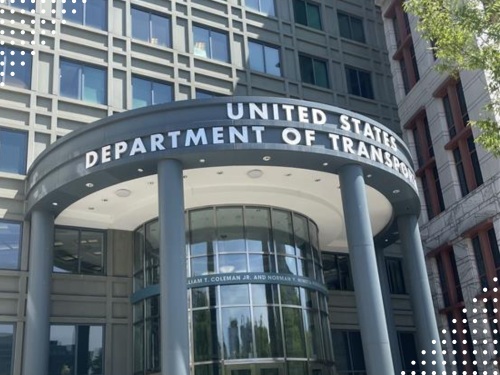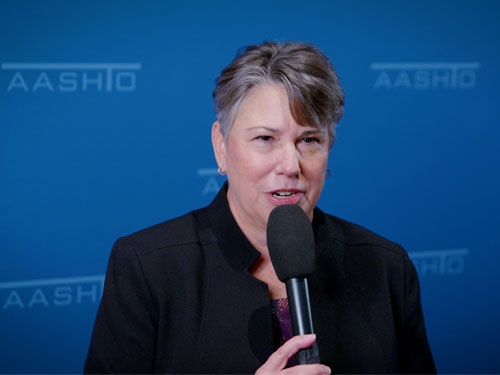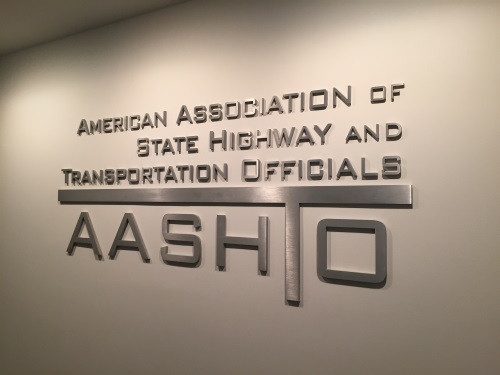The American Association of State Highway and Transportation Officials is developing an implementation “framework” for state departments of transportation to help them prioritize the flow of federal funds from the $1.2 trillion Infrastructure Investment and Jobs Act or IIJA over the next five years.

AASHTO released a six-page outline of that framework on November 18, to be followed by a first draft of the full plan in late February 2022.
While this “massive piece of legislation” will take time to implement, AASHTO stressed that a key goal of the IIJA implementation process is to set up the framework for implementation as soon as possible.

“We are setting up this framework to provide a set of ‘common tools’ to the states so they can establish their own specific transportation priorities for IIJA funds,” explained Joung Lee, AASHTO’s director of policy and government relations, in an interview with the AASHTO Journal.
[Editor’s note: Lee outlined many of the potential benefits of the IIJA to states in an episode of the Environmental Technical Assistance Program or ETAP Podcast in early October.]
“Those tools will help state DOTs establish the ‘rule of engagement’ with the IIJA quickly while also helping them plan out the strategic process for investing those funds over the next five years,” he said. “This funding is poised to provide multi-decade returns on multimodal transportation investment. AASHTO’s implementation plan is focused on helping states maximize that benefit.”
Lee also pointed to the 79-page analysis of the IIJA AASHTO issued in September that noted that the measure provides $351 billion for highways, with $307 billion provided as formula apportionments to states comprising 90 percent of total funding from the Highway Account of the Highway Trust Fund.
The IIJA also provides substantial funding for transit at $91 billion and passenger rail at $66 billion over its five-year authorization timeline.
Lee added that AASHTO is also drafting this implementation plan to help advance the organization’s vision of “providing improved quality of life through leadership in transportation” as articulated in its 2021-2026 Strategic Plan.
 Top Stories
Top Stories
USDOT Makes $1.5B Worth of BUILD Grants Available
December 19, 2025 Top Stories
Top Stories

